Description
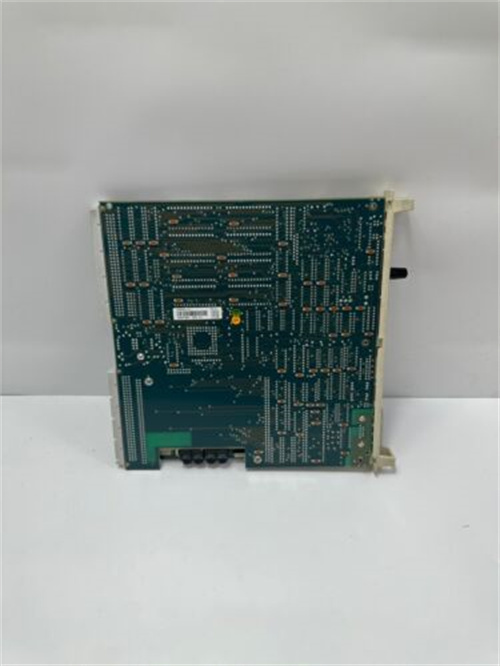
1. Product Overview
The DSCB – 01C is likely a device used in the field of industrial automation or electrical control. While specific details depend on the manufacturer, it may serve as a key component in systems that require precise control, data acquisition, or communication functions.
2. Possible Functions and Working Principle
- Functions
- Control: It could be involved in controlling electrical equipment such as motors, pumps, or relays. For example, in an industrial conveyor system, it may regulate the speed and start – stop operations of the conveyor motor to ensure a smooth and efficient material handling process.
- Data Acquisition: The DSCB – 01C might collect data from various sensors in the system. These sensors could measure parameters like temperature, pressure, current, or voltage. The collected data can then be used for monitoring the system’s performance, detecting faults, or making control decisions.
- Communication: It may support communication interfaces to exchange data with other devices in the industrial network. This allows for integration with a larger control system, enabling remote monitoring and control.
- Working Principle
- As a control device, it receives input signals from sensors or a control panel. Based on pre – programmed logic or algorithms, it processes these signals and generates output signals to control the connected equipment.
- For data acquisition, it interfaces with sensors, converts the analog or digital signals from the sensors into a usable format, and stores or transmits the data through its communication interface.
3. Product Parameters
| Parameter | Specification |
|---|---|
| Supply Voltage | Usually operates on a common industrial voltage, such as 24 VDC, with a tolerance of ±10% to ensure stable operation. |
| Input/Output Channels | It may have a certain number of digital input and output channels, for example, 6 digital inputs and 4 digital outputs. Additionally, it could have analog input and output channels, with typical analog input ranges like 0 – 10 V or 4 – 20 mA. |
| Communication Interfaces | Common interfaces might include Ethernet for high – speed data transfer, serial ports (RS – 232 or RS – 485) for communication with legacy devices, and support for industrial communication protocols like Modbus RTU or TCP. |
| Operating Temperature Range | Designed to work in a wide range of industrial environments, typically from – 20°C to 60°C. |
| Dimensions | Compact in size, with approximate dimensions of [Length: X mm, Width: Y mm, Height: Z mm] to fit into standard control cabinets. |
4. Advantages
- High – Precision Control: When used for control applications, it can provide accurate and stable control of industrial equipment. This precision helps in improving the quality of the production process and reducing waste. For example, in a chemical mixing process, it can precisely control the flow rate of different chemicals, ensuring a consistent product quality.
- Versatility: With multiple input/output channels and communication interfaces, it can be easily integrated into different industrial systems. It can be used in various industries, including manufacturing, energy, and water treatment.
- Reliability: Built with high – quality components, it is designed to withstand the harsh conditions of industrial environments. It has a low failure rate and long service life, reducing maintenance and replacement costs.
5. Application Areas
- Manufacturing: In manufacturing plants, it can be used to control the operation of production lines. For instance, it can control the movement of robotic arms, the operation of machine tools, and the filling of products in packaging machines.
- Energy Sector: In power plants, it can be used for monitoring and controlling parameters such as generator output, turbine speed, and temperature in different parts of the plant.
- Water Treatment: In water treatment facilities, it can control the operation of pumps, valves, and filters based on the water quality parameters measured by sensors.
6. Installation and Maintenance
- Installation: The installation of the DSCB – 01C should be carried out by trained personnel following the manufacturer’s instructions. This includes proper wiring of the power supply, input/output connections, and communication interfaces. Correct grounding is essential to prevent electrical interference.
- Maintenance: Regular maintenance involves checking the status of the input/output signals, the communication links, and the power supply. Cleaning the device periodically to prevent dust and debris accumulation can also help maintain its performance. Software updates may be required from time to time to ensure optimal operation.
7. Selection Considerations
- Compatibility: Ensure that the DSCB – 01C is compatible with the existing industrial system, including the sensors, actuators, and control software. Check the communication protocols and input/output requirements.
- Performance Requirements: Evaluate the specific performance requirements such as the number of input/output channels, the accuracy of control or data acquisition, and the communication speed.
- Environmental Conditions: Consider the environmental conditions where the device will be installed, such as temperature, humidity, and vibration levels. Make sure the device’s operating temperature range and ruggedness are suitable for the environment.
- Budget: While the performance and features of the DSCB – 01C are important, also consider the budget. Compare the cost with the long – term benefits and savings it can provide.
Shanxi Runsheng Import and Export Co., Ltd. is your reliable partner for the DSCB – 01C and other industrial automation products. We offer sales and technical support. Visit our website at www.sxrsrobot.com or contact us for more information.



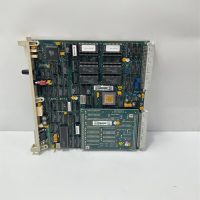
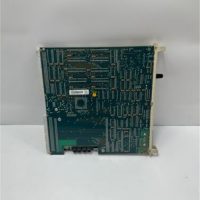

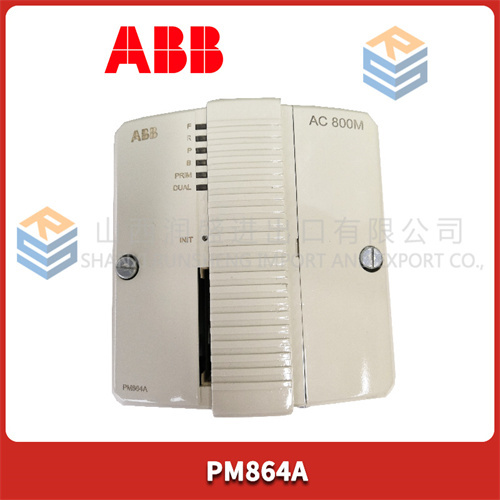
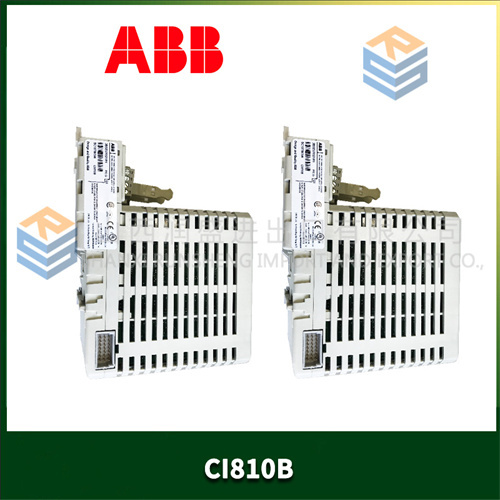

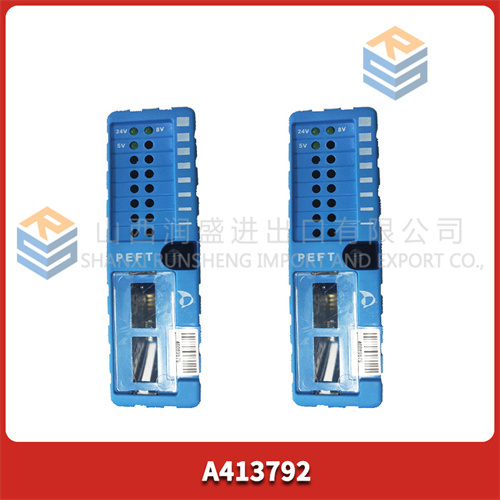

Reviews
There are no reviews yet.